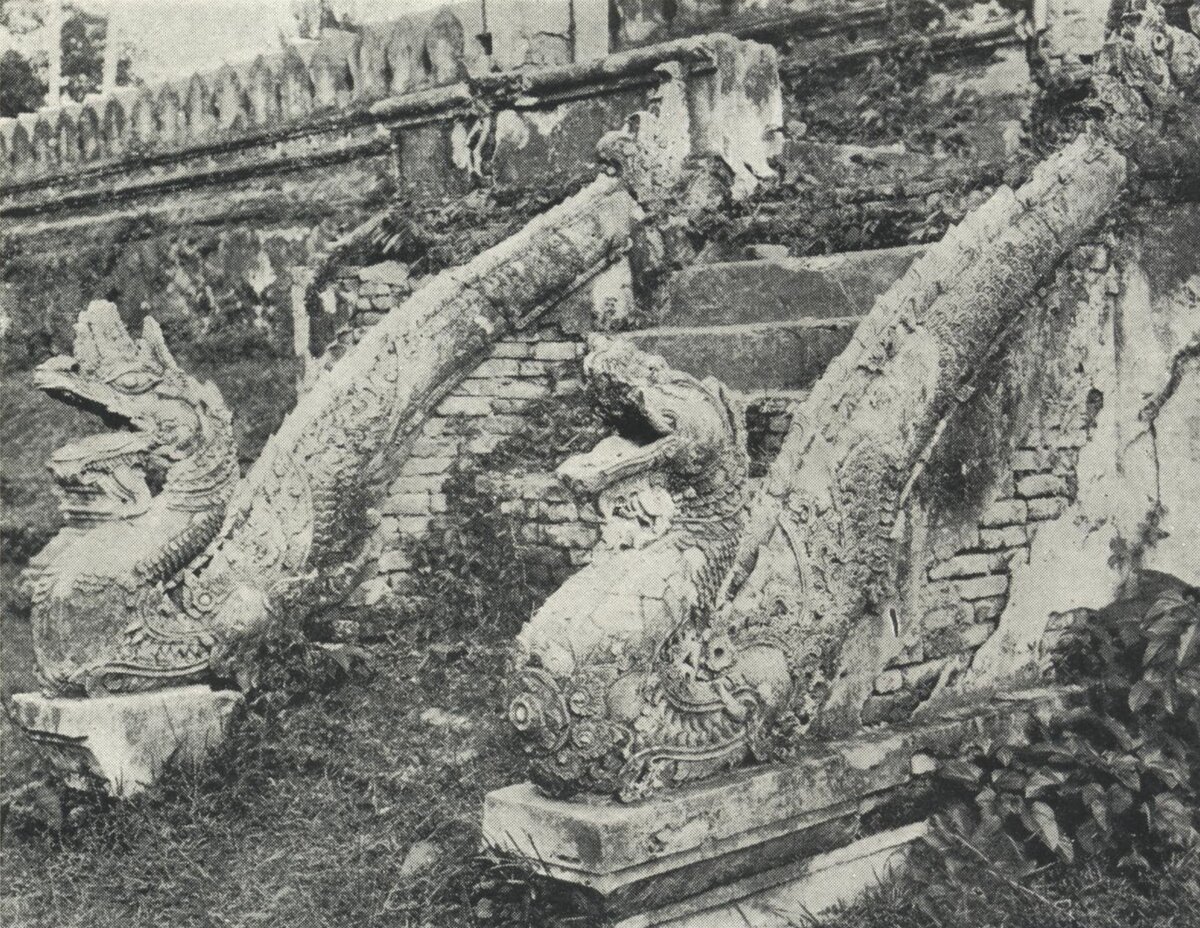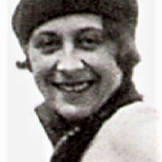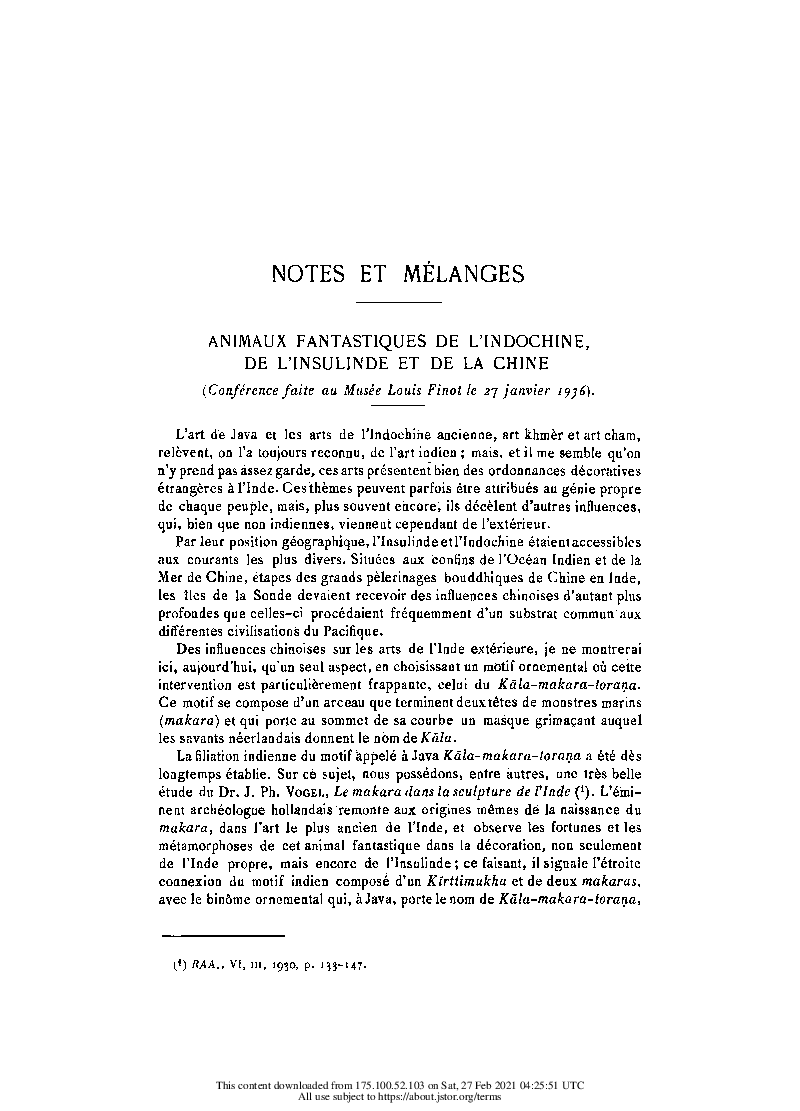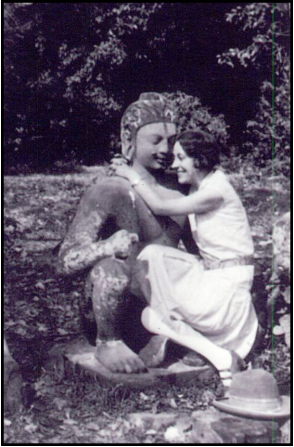Animaux fantastiques de l'Indochine, de l'Insulinde et de la Chine
by Gilberte Coral-Rémusat (de)
How legendary animal figures, in particular makara and dragons, evolved in Cambodia under Javanese and Chinese influences, finding new, genuine forms.

Publication: BEFEO, Vol. 36, No. 2 (1936), pp. 427-435 (A conference at Louis Finot Museum, 01/27,1936)
Published: 1937
Author: Gilberte Coral-Rémusat (de)
Pages: 13
Language : French
pdf 4.8 MB
The author focuses on the makara and dragon figures, showing the Javanese influences in Khmer art since the 9th century, and their particular evolution-fusion in Cambodia with the combination of Chinese forms.
Part of the evolution is the combination of the naga figure, the three elements morphing into one singular form.
Note: ‘Insulinde’, in French, was the name for the Malay Archipelago, also called Dutch East Indies.
Photo: That Luong (Lao, Vieng Cán), stairway ornated with dragons spitting a naga.
Tags: Malay, Java, Khmer arts, mythology
About the Author

Gilberte Coral-Rémusat (de)
Countess Gilberte de Coral-Rémusat (17 Dec. 1903, Paris — 19 Oct.1943, Lausanne, Switzerland) was an independent archaeologist and art historian who explored Indochina first in 1928 – 1929, part of a round-the-world trip, then in 1935 – 1937 as a correspondent for EFEO and Musée Guimet.
Great-granddaughter of French politician Charles de Rémusat, Gilberte de Coral-Rémusat was a ‘bookworm’ at an early age in the vast family library, with several distinguished female writers among her ancestors. Fascinated with India and Indochina, she developed a close relationship with some of the most eminent Angkor specialists of the time, especially Victor Goloubew, Philippe Stern and Louis Finot.
Before her death at 43 years only, she published numerous essays on Indian and Khmer Arts, and gave lectures on these subjects in Paris, Budapest, London, Brussels, Hanoi, that were praised by Orientalist George Coedès. Her Doctorate thesis, L’Art Khmer, Les étapes de son évolution, was published in 1940 and became a reference for all researchers in Khmer civilization. She also attempted with Philippe Stern the first Timetable and Classification of Khmer Architectural Styles.
In Angkor Thom, circa 1929.


